Using Dry Erase Walls in School Libraries
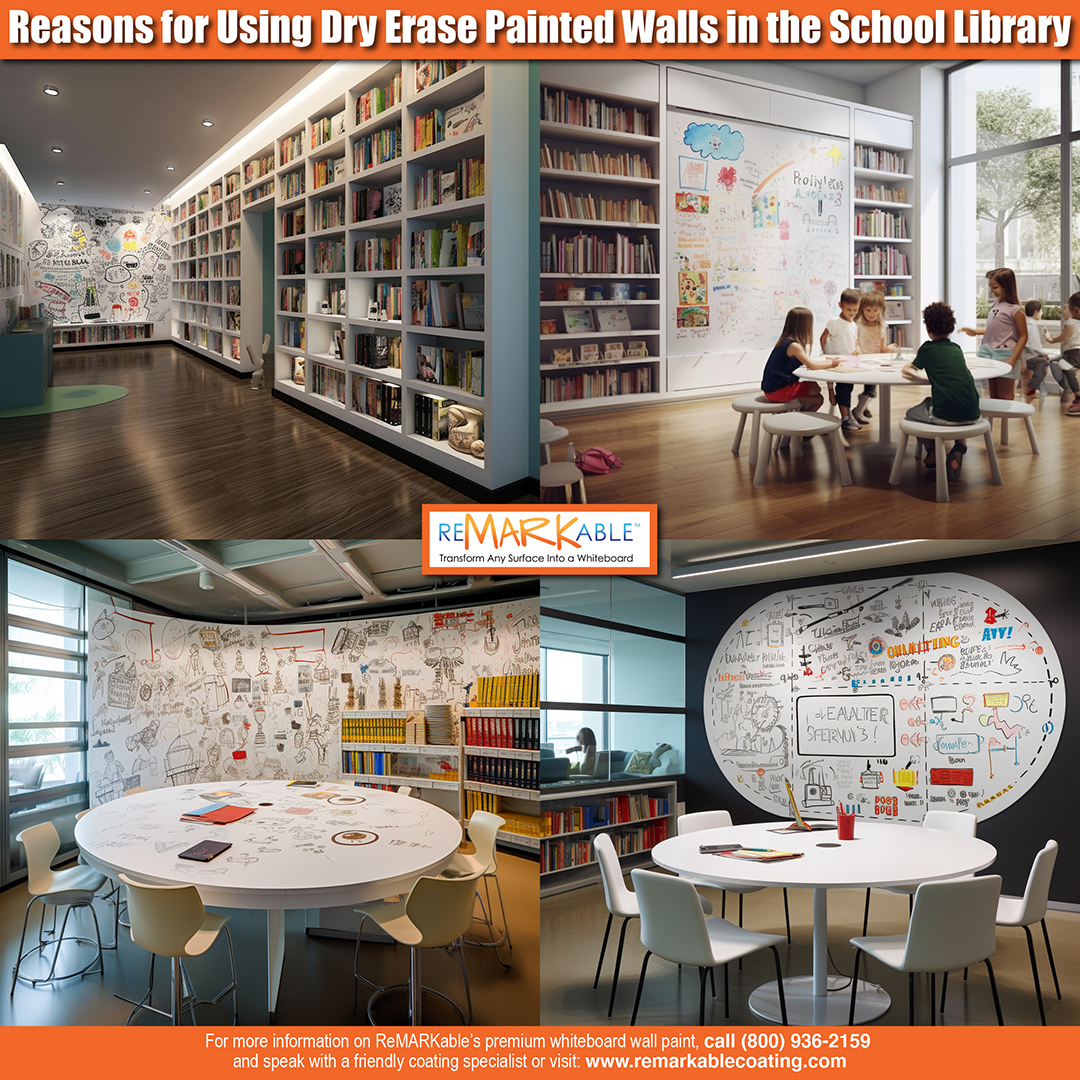
School libraries are ideal settings to install dry erase walls for use by students, teachers, staff, and other library patrons. The vast surfaces of dry erase walls offer users ample room and latitude to write and draw to their hearts’ content, easily erase their work when necessary, and start over with a new batch of text or drawings. Below are some of the many reasons why installing dry erase walls in school library media centers is especially beneficial for students of all grade levels and abilities and for teachers, parents, and staff.
Dry Erase Walls Support Student Collaboration and Brainstorming
When students are working on a school project together and go to the school library to conduct research for their assignment, it helps if they can write down or draw out their ideas and images in order to enhance their creativity and focus and to get the “big picture” of what they’re thinking of at various stages of the project. Examining and critiquing a written outline for a research paper, drawing a sketch of a robot they’re planning to build, or writing down the problem areas of a computer code they’re creating can be especially helpful to visual learners and other learners as well.
While students could record these ideas and images on notebook paper, a flip chart, or a conventionally framed whiteboard, doing so on a dry erase wall allows them to quickly write, erase, and rewrite text and graphics in large format on a vast space where they can freely work out their thoughts and plans on their own or as a group. In addition, the spacious surface of a whiteboard-painted wall sets students’ minds free. It inspires them to generate new ideas more quickly than using the limited space of notebook paper or a traditional whiteboard.
As a result, dry erase walls are ideal for brainstorming project topics, outlining research papers for language arts or history classes, storyboarding the sequence of scenes in a school play, and other collaborative school assignments. If, within a group of students who work cooperatively, everyone has the same ideals, compromises with one another, and works together with a single purpose, class projects can be comfortable, pleasant tasks for all learners involved. And this kind of atmosphere may be fostered when students work as a team on the huge, inviting canvas of a whiteboard-painted wall.
Writing on Whiteboard Walls Helps Students to Grow in Many Ways
Research has shown that writing by hand, as done on a dry erase wall, enhances young learners’ acquisition of information, confidence level, manual dexterity, recall of facts, and long-term memory. In addition, handwriting can even help students with learning disabilities like attention-deficit/hyperactivity disorder (ADHD), dyslexia, and dyscalculia (math-learning disorder) to improve their studies. So, besides being an ideal way to generate ideas for class projects in math, language arts, social studies, science, history, and more, writing on whiteboard walls has both mental and physical benefits that typing on a laptop or computer does not.
Dry Erase Walls Build Maker Culture in the School through Fun and Play
Having access to a fun, spacious, interactive surface such as a dry erase painted wall is a powerful way to build maker culture in your school. While dry erase walls have countless academic uses, they’re also great for engaging in fun and play that can lead to more practical maker-centered projects. They’re ideal surfaces for students to doodle, draw, play games of hangman and tic-tac-toe, write collaborative poems, and do countless other activities.
The maker culture or maker mindset concept involves engaging in projects that help students creatively solve problems individually and with their fellow students. In this way, young learners develop confidence in their creativity and acquire a sense of personal agency that will benefit them later in life. In addition, the maker-centered learning approach teaches life skills such as thinking critically, collaborating effectively, and communicating with freedom and self-confidence.
When whiteboard walls are available in your classroom and school library, students can freely draw, doodle, and create ideas and images to apply in their maker education projects. Maker education, being closely allied with STEM learning, is a problem- and project-based instructional technique that fosters maker culture through hands-on, often shared learning events and problem-solving by which students grow both personally and academically.
The large open surfaces of dry erase walls are perfect for fostering maker culture in all areas of the school, including classrooms and the library. Students can give free rein to their imaginations on a whiteboard wall when brainstorming ideas for maker culture projects that can provide the groundwork for future careers in computer engineering and other fields. In addition, engaging young learners to become mature decision-makers in their education through maker culture-oriented teaching and projects will help ensure a brighter future for the students and our society.
Whiteboard Walls Promote the Expression of Student Voice
Having whiteboard-painted walls, tables, and other surfaces in the school can allow students to have their own spaces in addition to the teacher’s space to express their views and feelings. This approach empowers student voice by allowing young learners to have a place where they can create and express themselves with few restrictions. Student voice may be defined as any individual or collective expression by learners on a topic related to education and involves the distinct perspectives and actions of young people in the school setting. Promoting student voice involves giving students the power to affect learning with respect to school policies, programs, environments, and guiding principles.
Through the use of dry erase walls in classrooms, the school library, and other areas, students can freely express their voices on subjects ranging from changes in the lunch menu to who should run for class president to ideas on improving the school curriculum and teaching staff. In addition, the large size and easy accessibility of dry erase walls allow students to post their opinions in large lettering for all to see and comment on with marginal notations. In this way, students become interactively engaged as sensible decision-makers responsible for their education. Writing down their views and choices about the learning process, the schooling they’re receiving, and the educational system, in general, affects learners individually, impacts the school’s student body, and ultimately influences the entire school system they are a part of.
Students’ Whiteboard-enhanced Projects can be Optimized through Social Media
These days, student engagement in the learning process, as it relates to the library, is just as much about the digital environment as it is about the physical library space and its resources. Incorporating projects designed, brainstormed, and developed on a library’s dry erase painted wall into students’ social media interactions is an important way to enhance the learning process. When young learners exchange ideas and images for school project assignments through Facebook, Instagram, YouTube, and SnapChat, they gain immediate contact with vast groups of like-minded allies in their efforts to produce a successful project outcome.
Students’ Library Engagement is Enhanced by Easy Access to a Dry Erase Wall
With one or more top-quality dry erase painted walls installed in the school library, both teachers and librarians can be assured that all students in the school have a large, ready-to-use, and easy-to-read medium for checking on any new library services, books, information technology, electronic resources, and other items they might need to know about throughout the school year. Being the center and coordinating agency for all teaching and learning materials used in the school, the library thus benefits greatly when dry erase walls are part of their working environment.


























































































![ReMARKable’s Winter Sale is Here! [25% Off + Free Shipping]](https://www.remarkablecoating.com/wp-content/uploads/2018/01/Red-Tag-Winter-Fashion-Facebook-Post-1-440x264.png)















![Drive Your Organization Into Openness and Watch it Expand [20% Off Whiteboard Paint]](https://www.remarkablecoating.com/wp-content/uploads/2016/04/Drive-Your-Organization-Into-Openness-and-Watch-It-Expand.-1-440x264.jpg)

![30% Off St Patrick’s Day Sale! [Details Inside]](https://www.remarkablecoating.com/wp-content/uploads/2016/03/Glorious-1-440x264.png)


![Giant Leaps Forward Require Big Spaces. [Leap Year Sale Event!]](https://www.remarkablecoating.com/wp-content/uploads/2016/02/Giant-Leaps-ForwardRequire-Big-Spaces-440x264.jpg)

















![ReMARKable Summer Sale 2018 [28% Off Whiteboard Paint]](https://www.remarkablecoating.com/wp-content/uploads/2018/06/Blue-Simple-Line-Beach-Facebook-Post-1-440x264.png)







































































































































































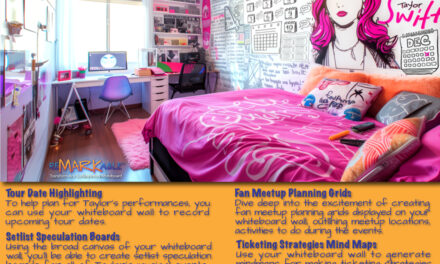


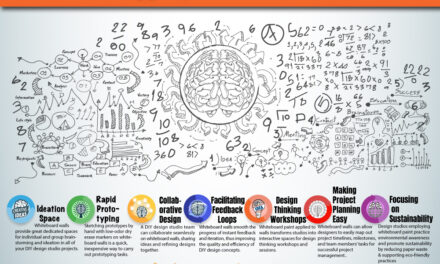
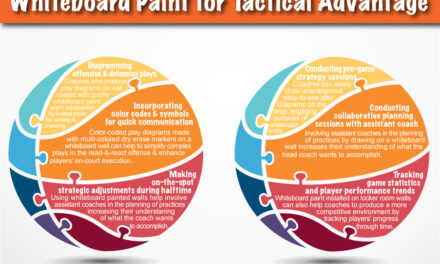



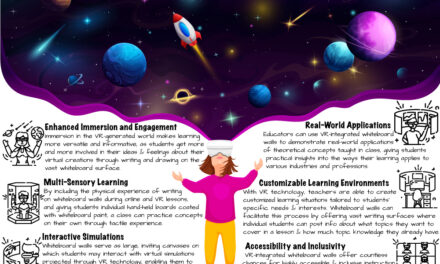
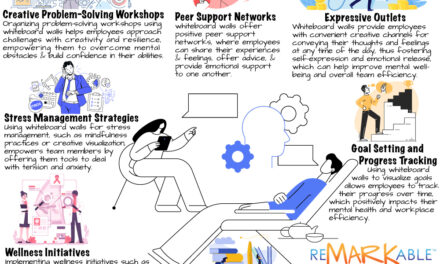

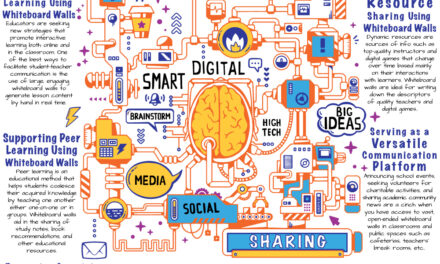
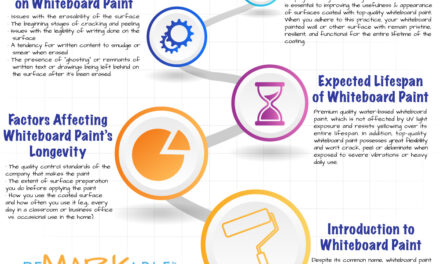
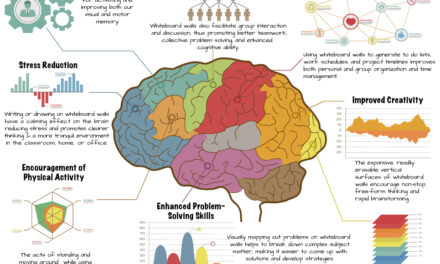



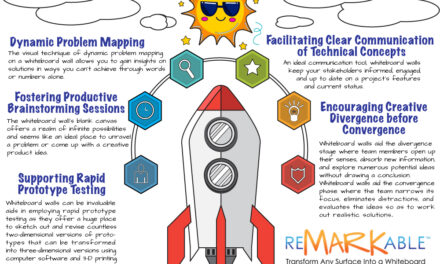

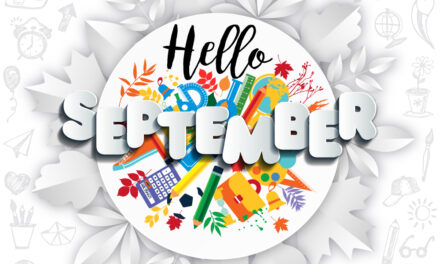
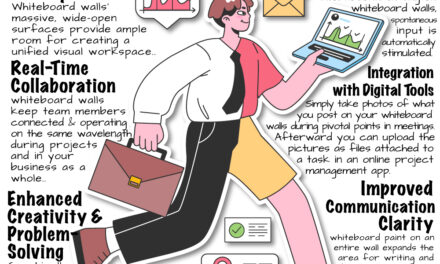
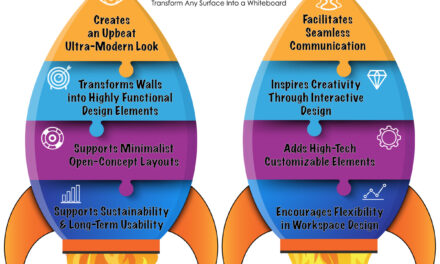




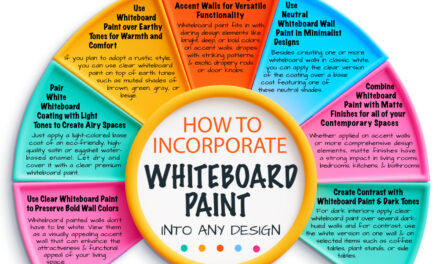
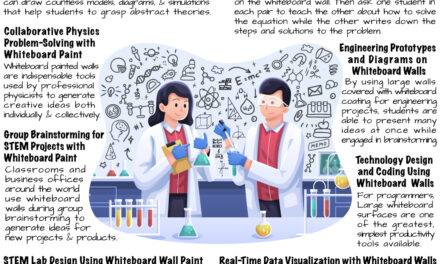
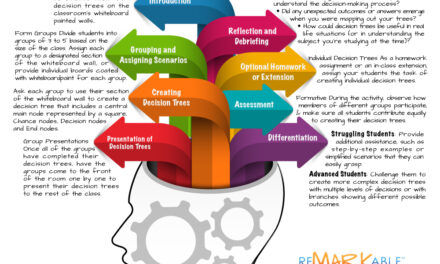

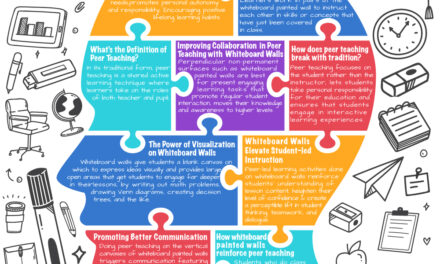
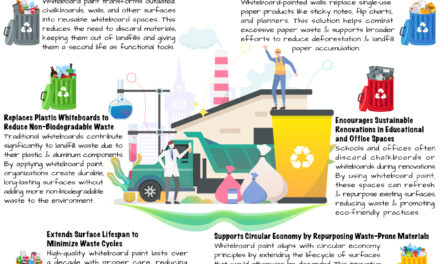

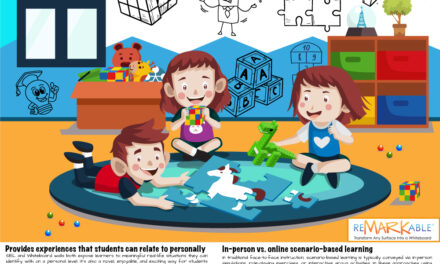

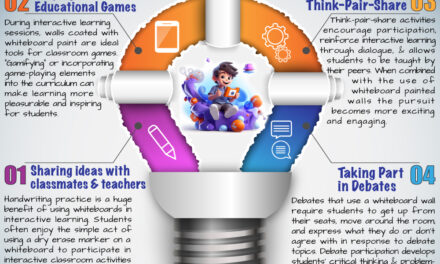



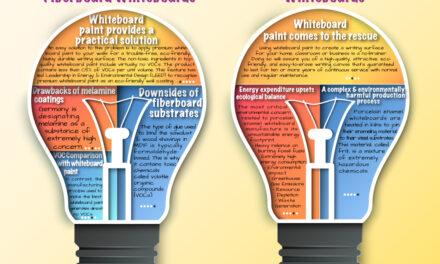
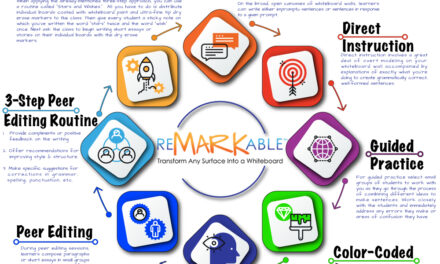


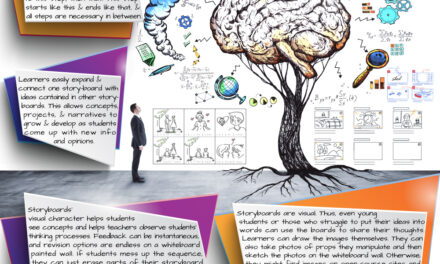



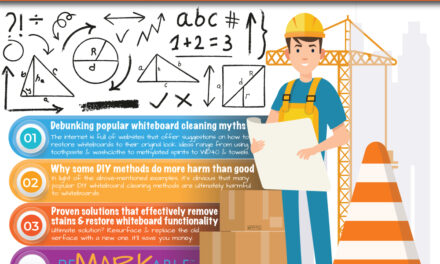
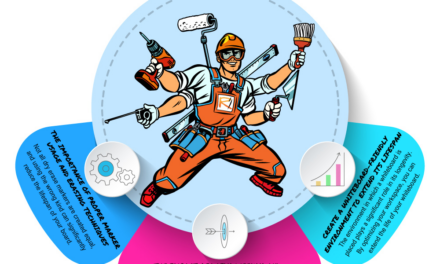

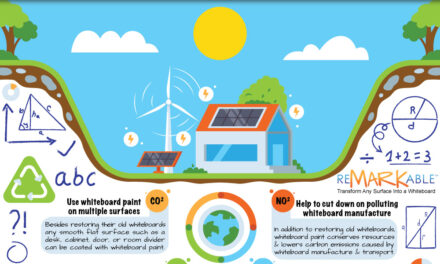
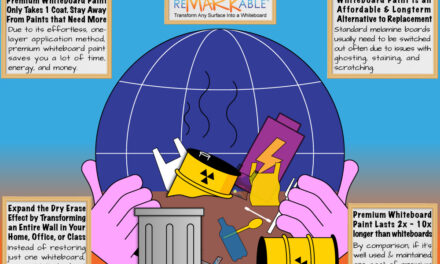
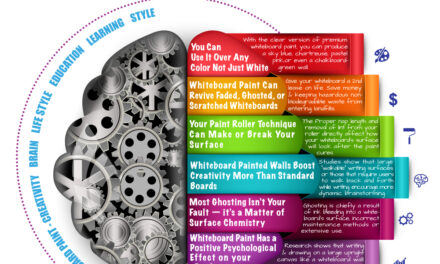
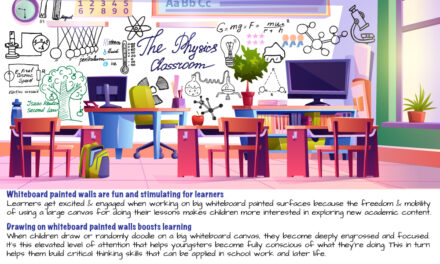
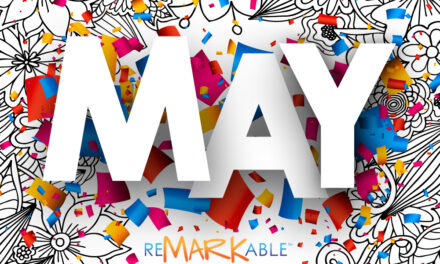
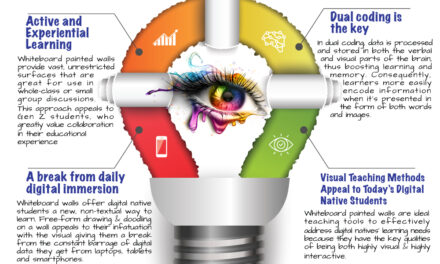
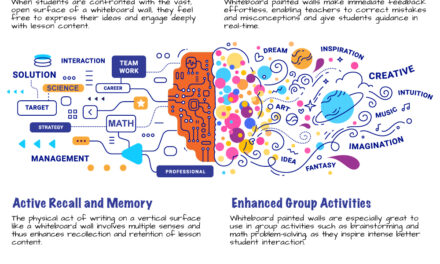
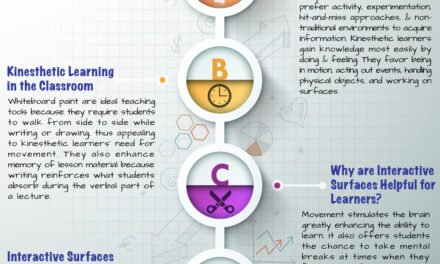

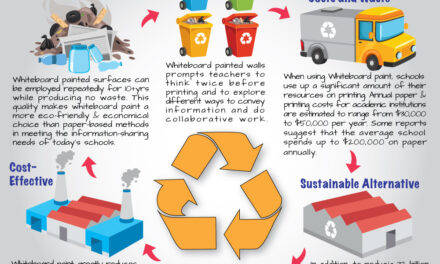
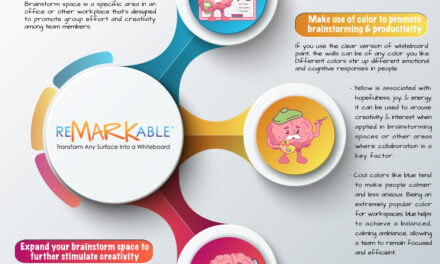
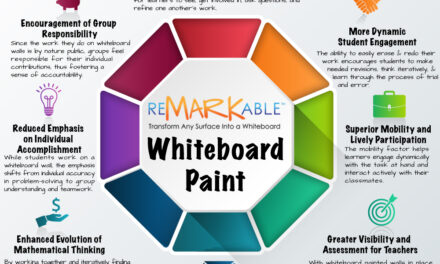
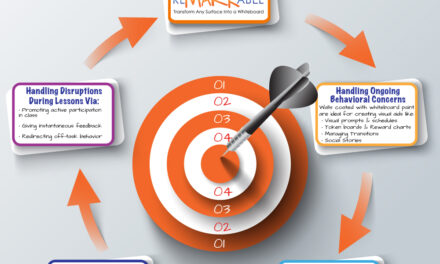
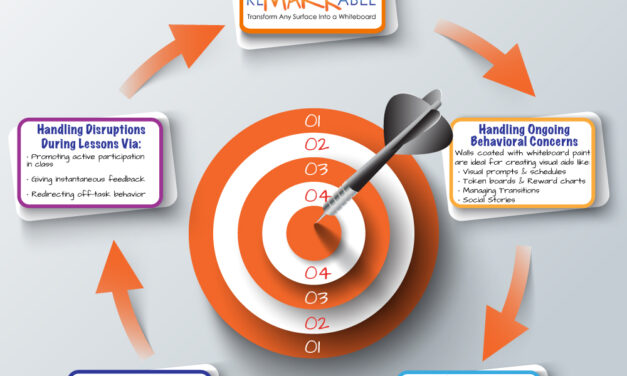
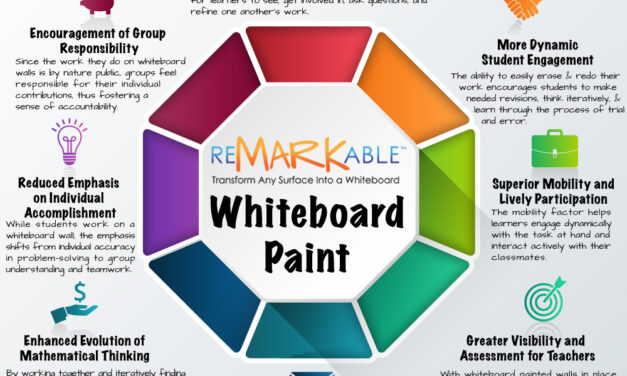
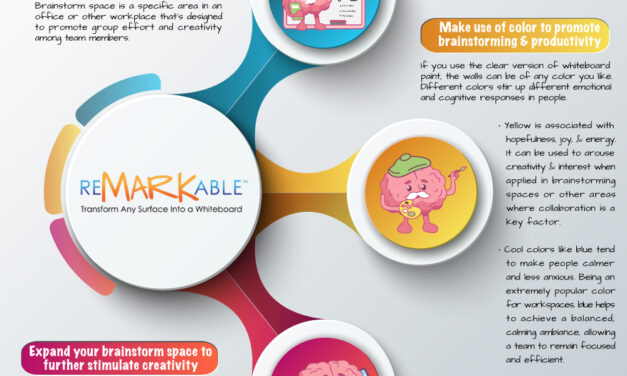


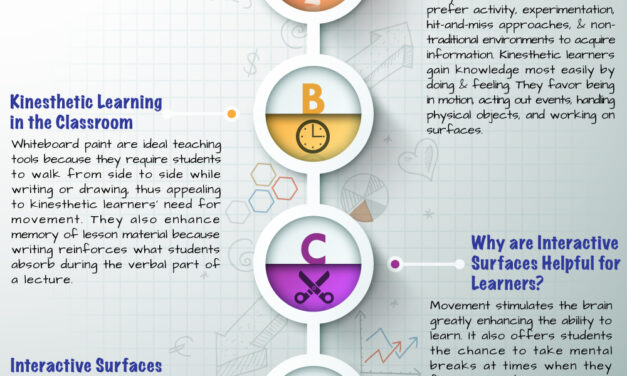





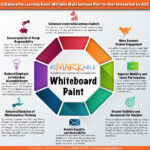
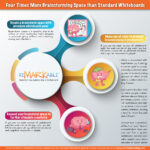
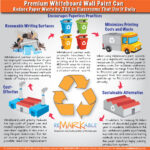

0 Comments